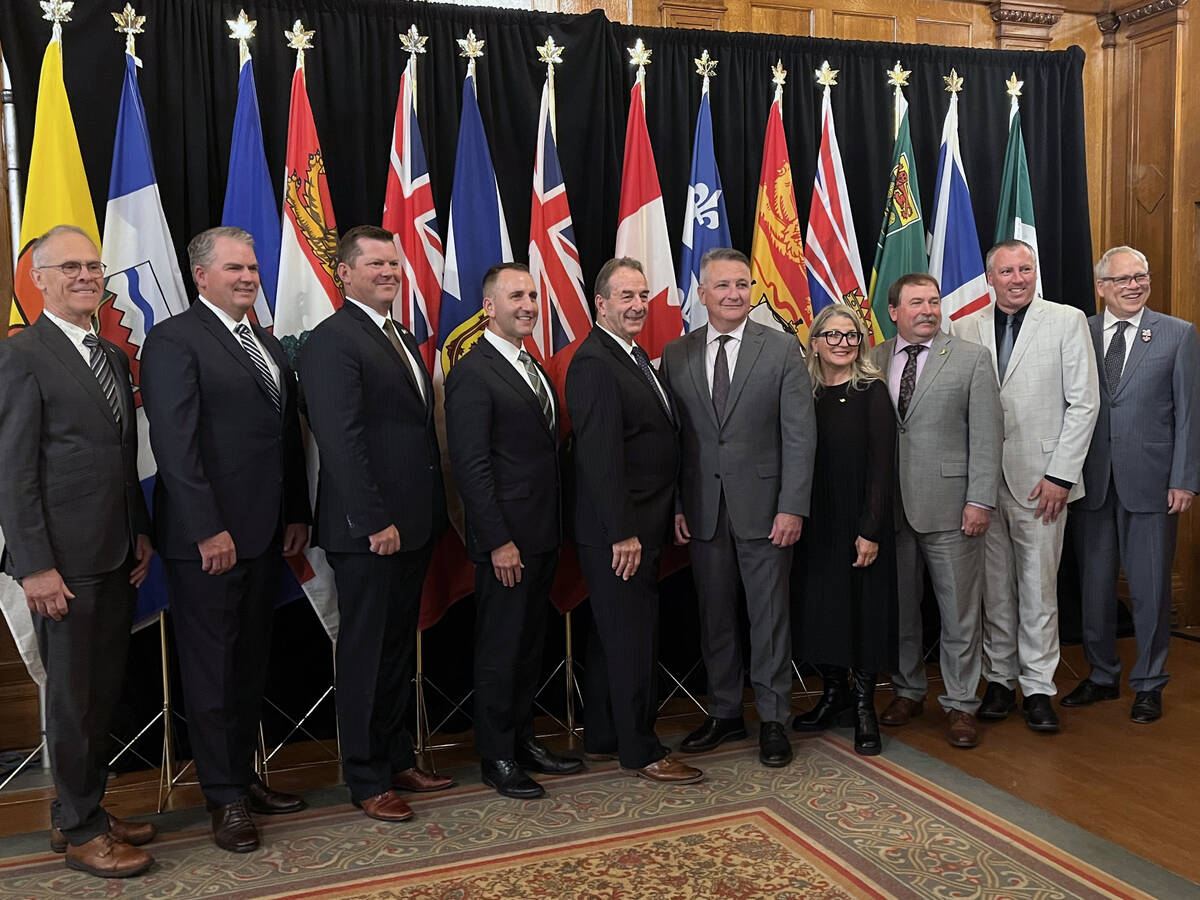ARMENA, Alta. – When Bill Harder accepted the position of pastor in a
rural two-church Lutheran parish this spring he never expected to be
thrown into an agricultural crisis.
Fresh out of Lutheran seminary school in Saskatoon, it was during
Harder’s home visits to meet each of his new parishioners that he saw a
farming community in despair.
“The people really are in distress,” said Harder, who organized a
special ecumenical service to help the rural community in the area
Read Also

Agriculture ministers commit to enhancing competitiveness
Canadian ag ministers said they want to ensure farmers, ranchers and processors are competitive through ongoing regulatory reform and business risk management programs that work.
south of Edmonton deal with the effects of drought.
About two-thirds of the parishioners in his churches at Scandia in
Armena and St. Joseph’s northeast of Hay Lakes are from the farm. The
rest work in the surrounding small rural cities like Camrose that are
dependent on agriculture.
During those home visits he could see his parishioners withdrawing from
the community with a sense of shame as they were forced to sell their
livestock or plow down their crops because of the worst drought in more
than 100 years.
“Grief, anger and frustration crowd our emotions,” Harder told about
100 people who came to the Service of Prayer and Conversation in the
Midst of Drought.
In preparing for the service, Harder discovered there was little
material developed to help the church lead during an agricultural
crisis, but he said it was clear the church needed to act as a leader.
“There needs to be a catalyst to get people going,” said Harder.
“I think people sense there is a need for hope and support.”
During the service of hymns, readings, prayer and discussion, Harder
asked the people to talk about their frustrations.
“I’m frustrated that it’s unrelenting,” said one parishioner. “I keep
saying ‘next week.’ Every part of my being hurts.”
Another said he’s frustrated that as a farmer, he’s in a position for
which he is unprepared.
When Harder asked the parishioners to look beyond despair to hope, they
found some.
Some said the community has been drawn together by the drought. Others
said it forced them to redefine their needs.
Harder also dealt with the rural myth about the farmer who took his
thin cattle to the auction market but couldn’t find a buyer. Instead he
brought them home and shot the cows and then himself.
The story has crossed the Prairies faster than a wildfire because it
describes their own feelings of despair and fear, said Harder.
“That myth vocalizes people’s fears that there is no hope and we might
as well kill ourself. It’s an indication about the fear people have,”
he said.
“By gathering together as a community, we can debunk the myth.”














